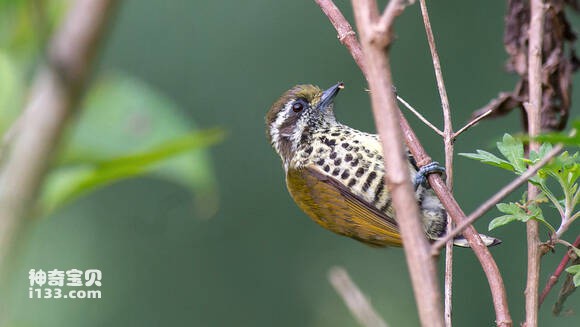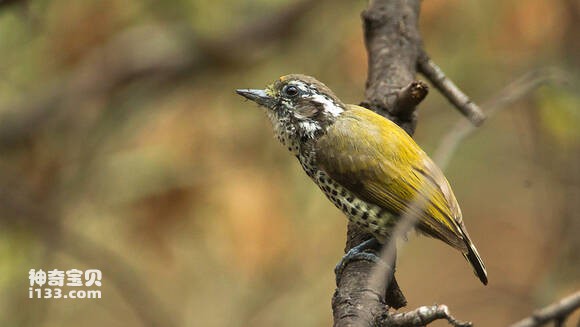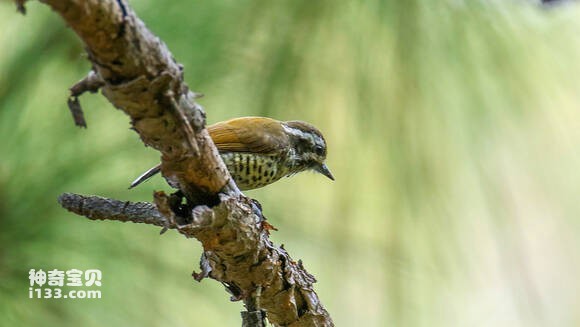Picumnus innominatus
IUCN
LCBasic Information
Scientific classification
- name:Picumnus innominatus
- Scientific Name:Picumnus innominatus,Speckled piculet
- Outline:Climbing birds
- Family:
Vital signs
- length:9.6-11 centimeters
- Weight:10-16g
- lifetime:There are currently no research materials available
Feature
Distribution and Habitat
World distribution: Distributed from Himalayan countries to Assam, Myanmar, Thailand, Indochina, and Indonesia in India.
Distribution in China: It is distributed in the provinces south of the Yangtze River, reaching south Gansu, south Shaanxi and south Henan in the north, and Sichuan, Guizhou, Yunnan and southeast Xizang in the south.
The Banji Woodpecker inhabits low hills and foot plains below an altitude of 2000 meters in evergreen or deciduous broad-leaved forests, and also appears in mixed forests and coniferous forests in Zhongshan. I particularly enjoy activities in open sparse forests, bamboo forests, and shrubs at the edges of forests.
Appearance
The male bird is chestnut or smoky brown in color from the forehead to the back of the neck, with orange red on the front of the head and black on the base of the feathers. On the back to the tail, the covered feathers are olive green, with dark brown wings and yellow green outer edges. The wing edges are nearly white, and the surface of the covered feathers on the wings is the same as that of the inner flying feathers. The tail feathers are black, with a pair of white or yellow white inner feathers in the center and three pairs of wide diagonal white or light yellow white secondary end spots on the outer feathers. Starting from the eye, there is a self stripe extending from the upper and lower parts of the eye to the neck. Ear feathers chestnut brown. The chin and throat are nearly white, with round black brown spots, and the rest of the lower body is light green yellow or yellow white in color. The chest, upper abdomen, and two flanks are covered with large circular black spots, and
Details
The scientific name of the Banji Woodpecker is Picumnus innominatus, and the foreign name is Speckled piculet. The specific habits are unknown.

The Banji woodpecker often moves alone, mostly foraging on the ground or branches, and rarely climbing on tree trunks like other woodpeckers. Mainly feeds on ants, beetles, and other insects.

The breeding period of the spotted woodpecker is from April to July. Nest in tree holes, laying 3-4 eggs per nest. Egg white, oval or nearly circular in shape, with a size of 13-16 x 11-13 millimeters and an average of 15 x 12 millimeters. Male and female take turns incubating eggs.

The Banji Woodpecker is a resident bird. The population is sparse and should be strictly protected.
Listed in the list of beneficial or economically and scientifically significant terrestrial wildlife protected by the state, released by the State Forestry Administration of China on August 1, 2000.
Listed in the 2012 IUCN Red List of Threatened Species ver 3.1- Least Concerned (LC).
Protect wild animals and eliminate wild game.
Maintaining ecological balance is everyone's responsibility!








